The Melbourne-based travel writer Paul Manser has written for major newspapers and magazines that demand a sort of glossy sheen to stories. Real-world travels, and life in general, rarely reflect the glow of a mainstream travel story. Those tales may not make it into Manser’s typical outlets, though they did make into his book, “Life Plans on Dive Bar Napkins” (Hardie Grant).


When Exploring the Towns of Lake Como, Appetite Comes With Eating
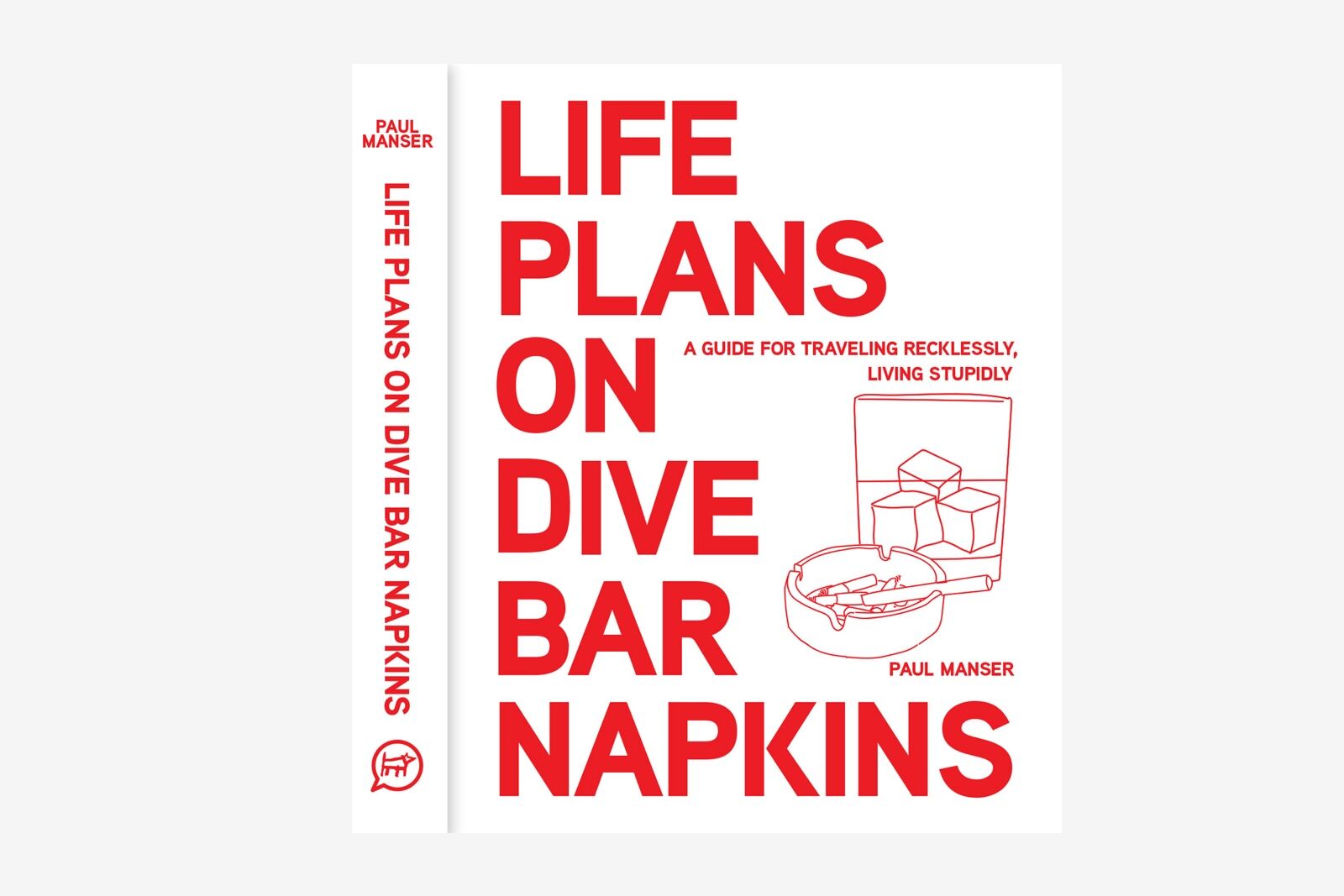
Photo: Hardie Grant
The book is for travelers who aren’t afraid of the messier side of travel, and who embrace the uncomfortable, occasionally dangerous, and often humorous (at least when looked back at after a generous passage of time) things that come along with seeing the world. As Manser put it in a previous interview and excerpt of his book published on Matador: “Think of every mishap as a plot twist, not a problem. Missed connections? A gift from the travel gods to explore the place where you’re stuck. Food poisoning? The ultimate character-building experience. That miserable bus ride through rural nowhere? That’s where the stories are born.”
Here, an excerpt from “Life Plans on Dive Bar Napkins” about eating one’s way through Lake Como — with much less of the glitz and glam typically associated with the famous (and celebrity-stocked) Italian destination.
Confessions of an International Pasta Mule
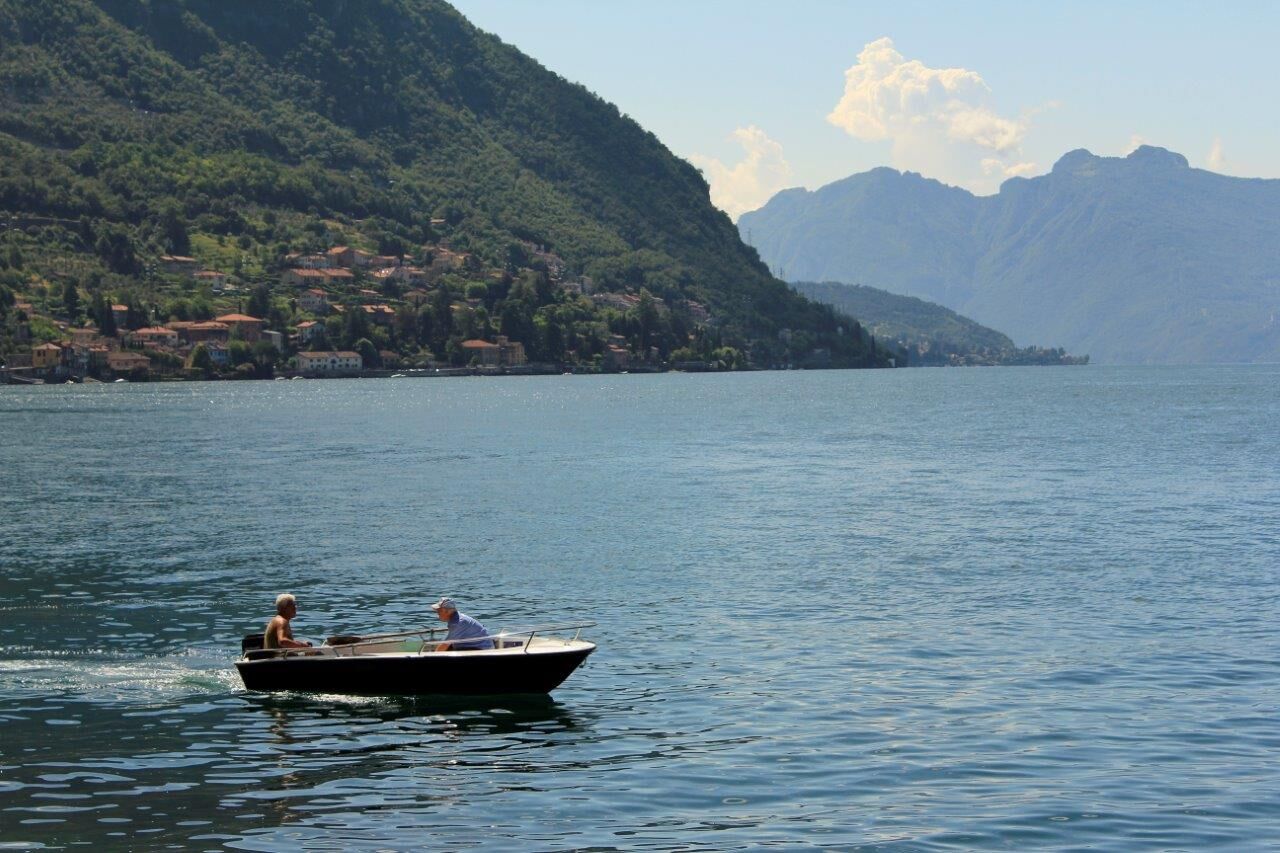
Photo: Paul Manser
A thick, greasy film coats my skin.
The torrential sweat doesn’t dampen my shirt, it drowns it.
With every shuffling movement of my feet, I can feel their eyes on me. They wear navy-blue uniforms, blank expressions and behave like they are fresh from a personality lobotomy. I know they are looking at me. Their eyes are drawn to my nervous appearance and enlarged stomach.
The security cameras turn and follow my path as I walk down a short hallway. It’s only a matter of time until I get stopped. It’s only a matter of time until I appear on an episode of Border Patrol.
I fumble around in my pocket for my passport. It spills to the ground.
I have a waking nightmare involving rubber gloves, a dimly lit room and a customs officer smiling like a psychopath.
I wait an eternity for my luggage. I think about just leaving it at the airport and trying to rush through the final security checkpoint. Finally, my haggard suitcase is spat out onto the baggage carousel like a gristly piece of meat at a high-priced steak restaurant. I grab my luggage and wonder if they have already searched it. What have they found?
My ears drown in the noise of my thumping heart. It beats so fast, so loudly, that it echoes in my brain. I wheel my bag to the exit.
When I reach the front of the queue, a customs officer thrusts out a hand full of short, sausage-like fingers.
“Landing card and passport please,” he asks. His eyebrows rise when he takes in whatever coded note passport control had scribbled on it earlier.
I feel like gravity just got heavier.
It’s all too much.
I can’t take it anymore.
I blurt out, “I’m not actually smuggling five kilos of heroin in my belly. I may look eight-months pregnant, but I’ve actually just eaten my body weight in food in Italy.”
Sausage Fingers frowns. He says, “I didn’t think you were an international drug mule, but, if you want, I can arrange for someone to check and just make sure.”
It’s fair to say that I didn’t pack on a modest layer of insulation from eating in Italy, more that I evolved into a whale-like creature whose thick blubber could survive the coldest Antarctic waters. From fresh pastas oozing with creamy pesto-infused sauces, to risottos so thick they could cement brickwork in place, I ate everything Italy’s Lombardy region could offer, and then went back for dessert.
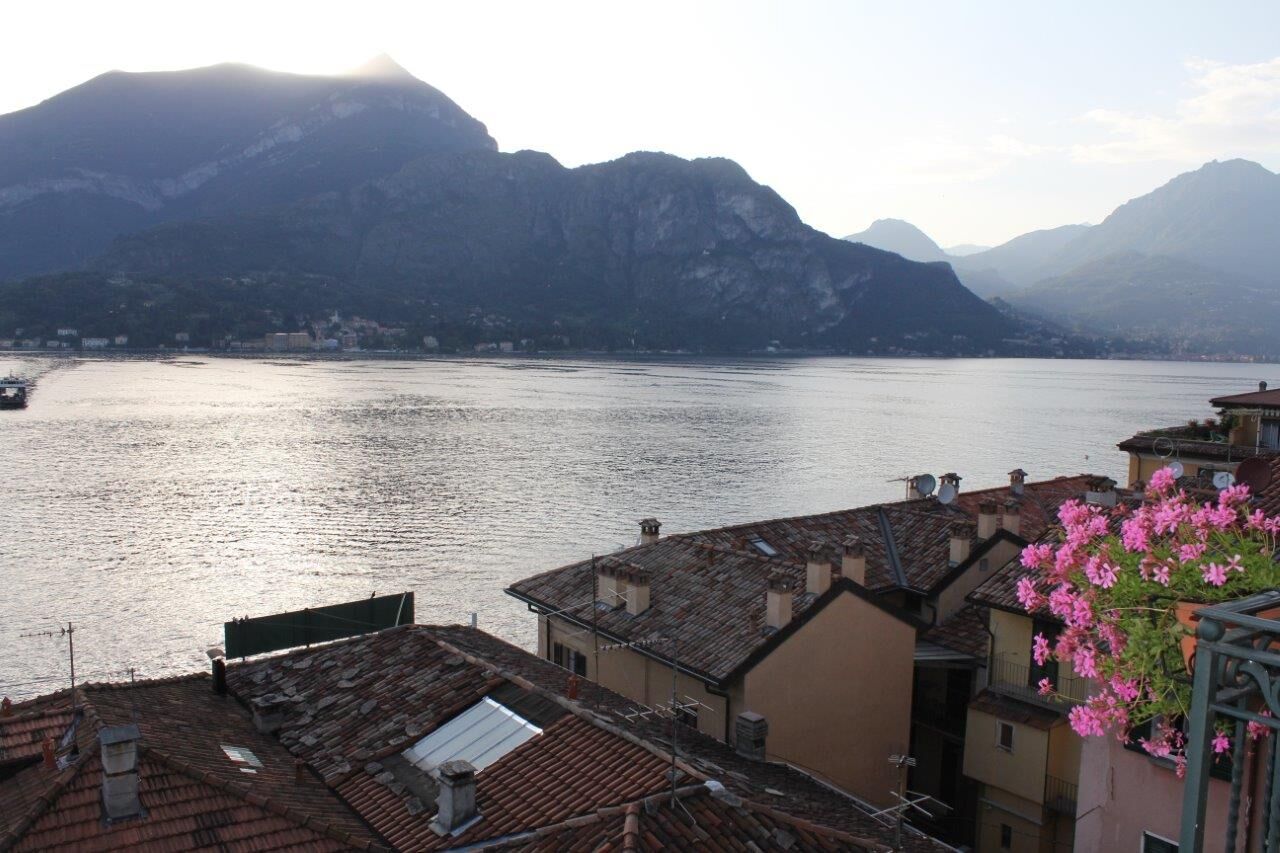
Photo: Paul Manser
The setting for my Italian feast was a small town called Bellagio that spilled down a lush green hillside to the edge of Lake Como. It was an elegant muddle of laneways overlooked by immaculately presented period houses, with overflowing flowerboxes on their narrow balconies.
Maria and I would normally rise early to gorge ourselves on sticky, sugar-powdered pastries at a waterfront café.
As the ferries docked at the small local port, we would watch as new waves of tourists from America, Germany and Russia descended upon the town like invading Vikings. Armed with credit cards and crisp euro notes, they would funnel into the town’s laneways, ready to pillage the local tourist stores of their antiques, oil paintings and Italy-shaped fridge magnets. Against a backdrop of international accents trying to calculate exchange rates, we would sip at thick, dark, diesel-like coffees.
Since Roman times, Lake Como has been a popular retreat for the wealthy residents of nearby Milan. The lake is the third-largest in Italy and is watched over by both an army of paparazzi looking for a drunken celebrity to snap, and a jagged mountain range that cuts angular silhouettes at sunset.
The roads linking the towns of Lake Como are not easy driving. The asphalt streets twist and turn and hug the shores of the deep blue lake. During peak tourist season, the traffic is so bad that it stands still. The Lake Como ferry system is a far better way to move around. The ferries have unobstructed views of postcard-perfect, stone-built towns and you are washed over by a cooling breeze standing on the outside deck.
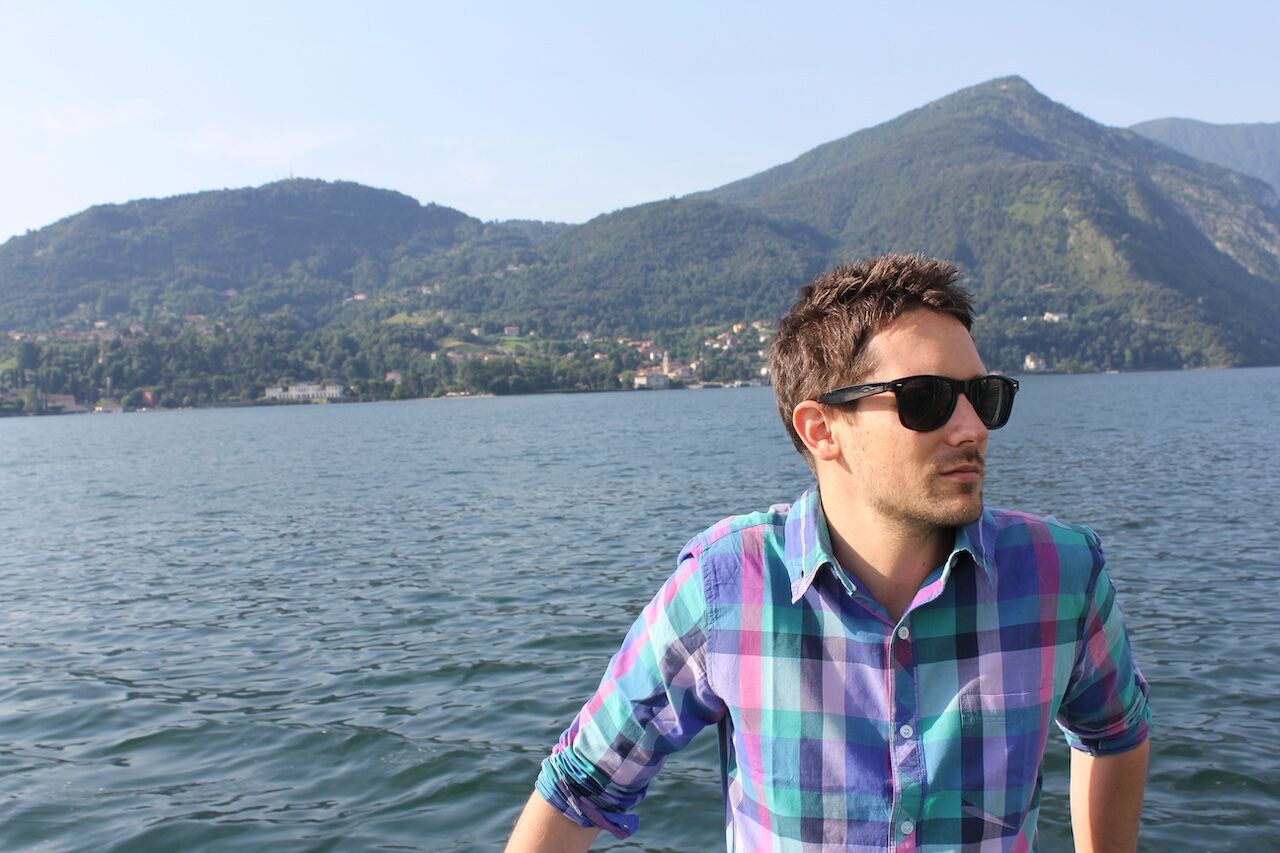
Photo: Paul Manser
One afternoon, we indulged in a ferry heading to the village of Varenna led by our stomachs and the promise of fresh pasta.
The ferry rose and fell to the movements of the lake like a toddler walking clumsily up and down a small flight of stairs. The air was heavy with a cocktail of water-spray and diesel fumes.
I applied sunscreen across my limbs with the subtlety of a Jackson Pollock painting. Seagulls circled overhead, their shrill cries piercing through the polite murmurs of passengers. One bird perched on the railing, eyeing me directly with the sort of cold indifference that told you the gulls ate comfortably and had no natural prey.
The ferry captain walked the deck, chain-smoking and staring beyond the passengers. His gaze rested on the horizon like he was expecting a change in the weather.
As Varenna came into view, the ferry’s engine coughed and spluttered, causing the captain to swear.
The village unfolded like a postcard that your mother would proudly stick to the kitchen refrigerator and hope visitors would ask her about. The buildings were painted in a palette of sunset hues, stacked haphazardly like a tipsy architect’s fever dream. Even from a distance, I could see the promenade snaking along the shoreline, lined with villas that seemed to dare you to imagine what they looked like inside.
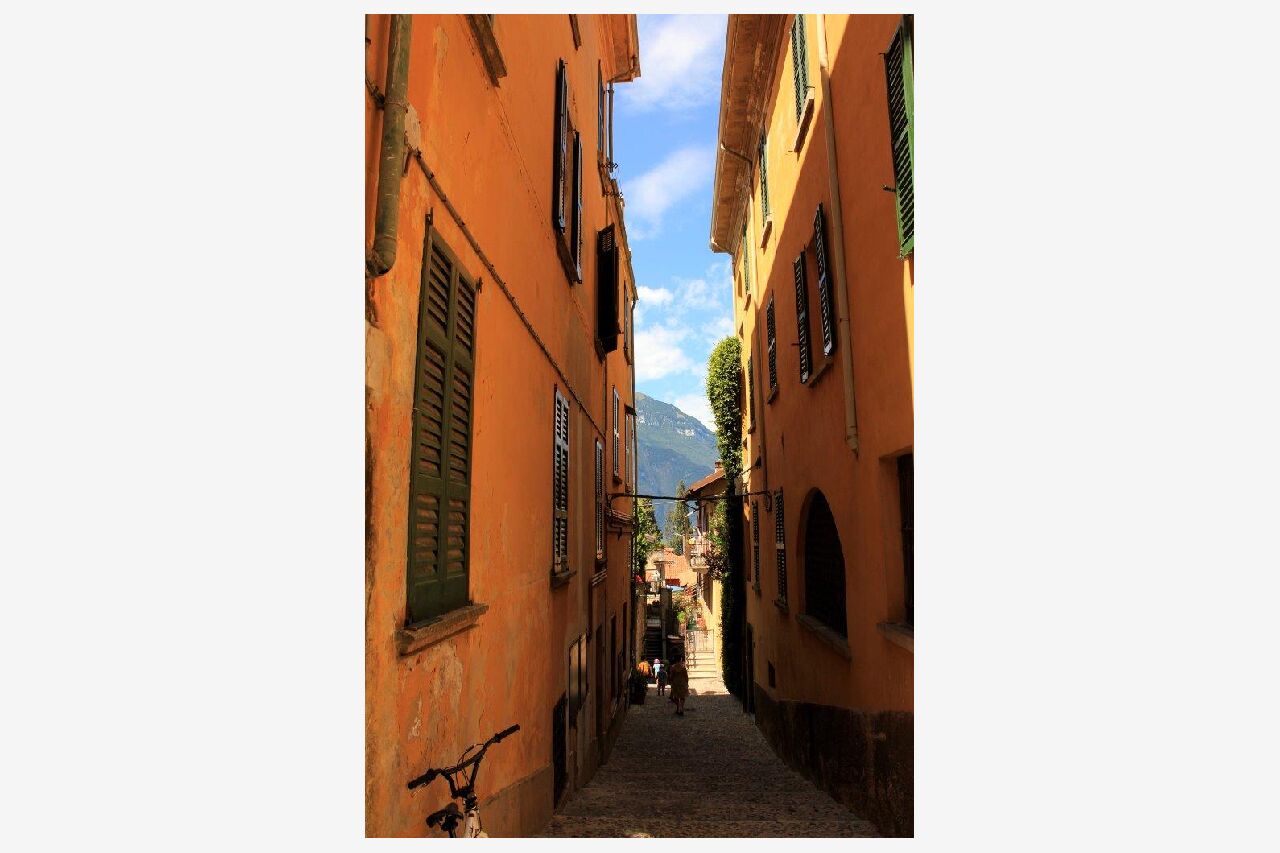
Photo: Paul Manser
We walked past elegant villas and cobblestone alleyways with steps and archways leading up to the main piazza. Inevitably, our hunger drew us, like a middle-aged divorcee to a bottle of rosé on a Tuesday afternoon, to one of Varenna’s small lakeside restaurants.
The menu unfolded across four massive pages. Vines suffocated a stunted tree and run along thin wires, forming a deep green canopy above the sitting diners.
Our waiter looked like Salvador Dalí. His moustache was waxed into long spears. The greasy lengths of facial hair jutted out above his mouth. He waved his hands expansively like he was conducting an unseen orchestra as he described his favorite dishes on the menu.
I point to a range of the specialties on the menu and say, “Let’s just try one of each of the house specialties and see how far we get.”
Maria cleared her throat. She rested her hand on my protruding belly, raising a single eyebrow.
Dalí Moustache smiled. Speaking in a thick Italian accent, he told us, “Not to worry.” He moved his opened hands to the sky and simply said, “L’appetito vien mangiando” or, “Appetite comes with eating.”
Excerpted with permission from “Life Plans on Dive Bar Napkins” (Hardie Grant) by Paul Manser. The book is available now wherever fine books are sold, as well as online at Amazon and Barnes & Noble.